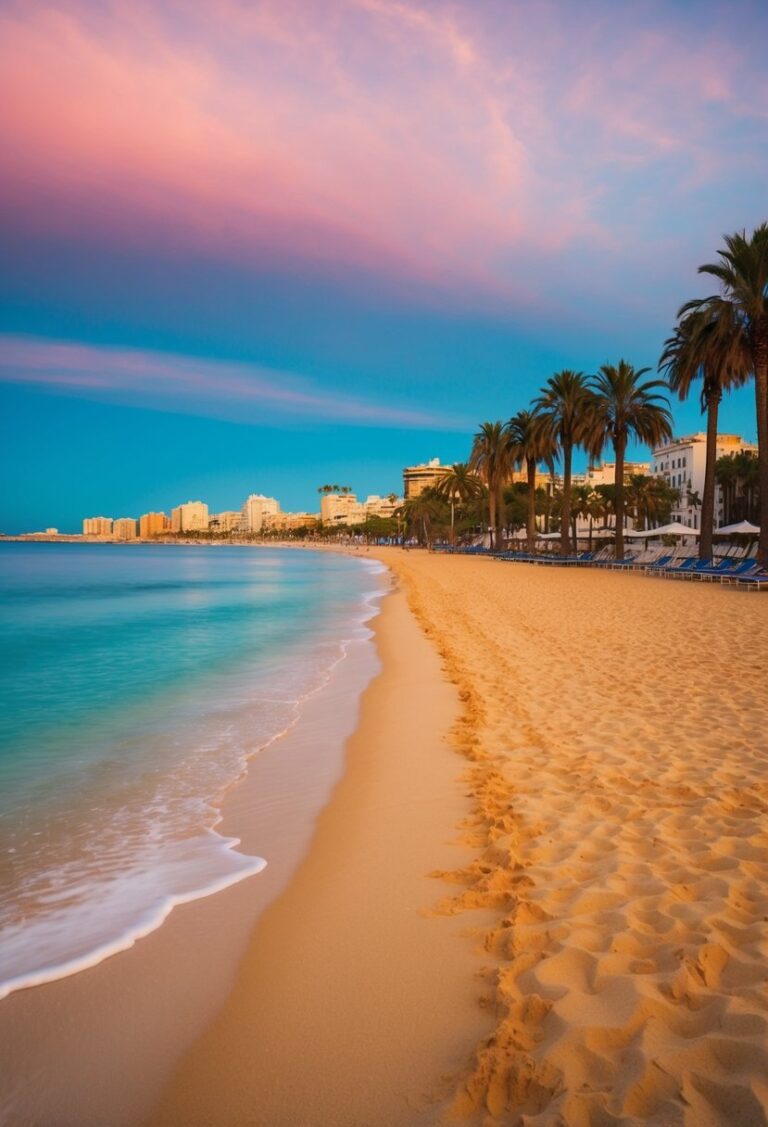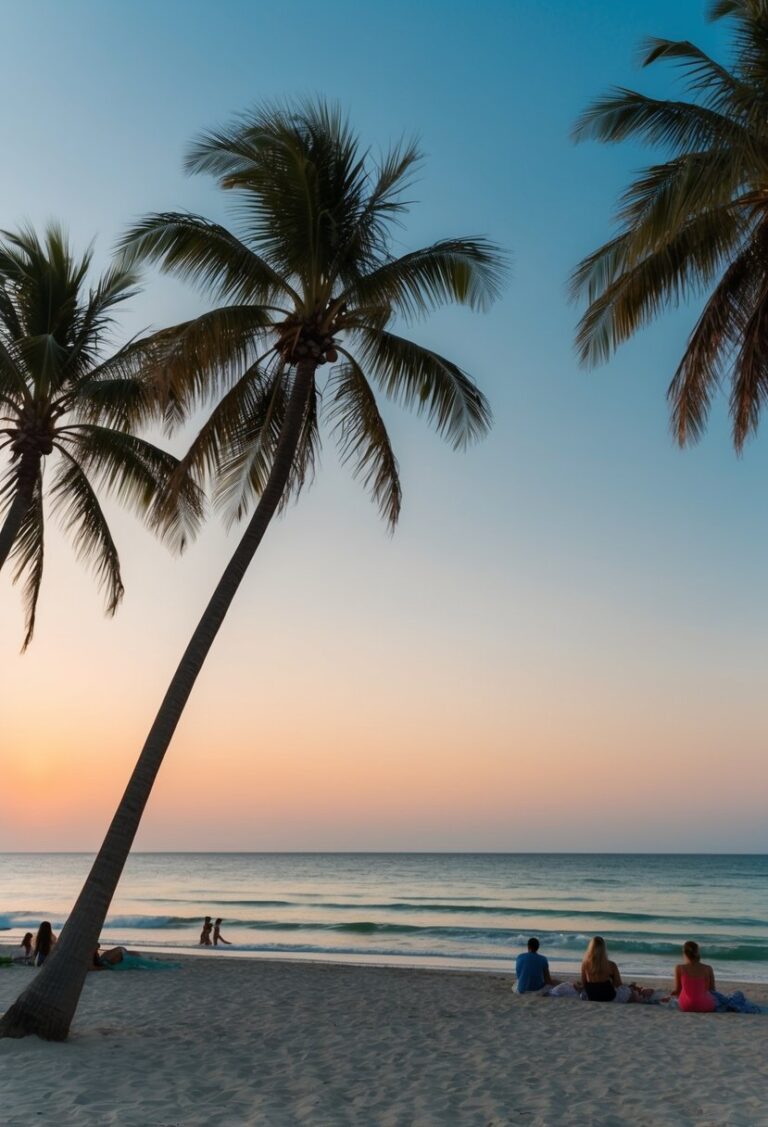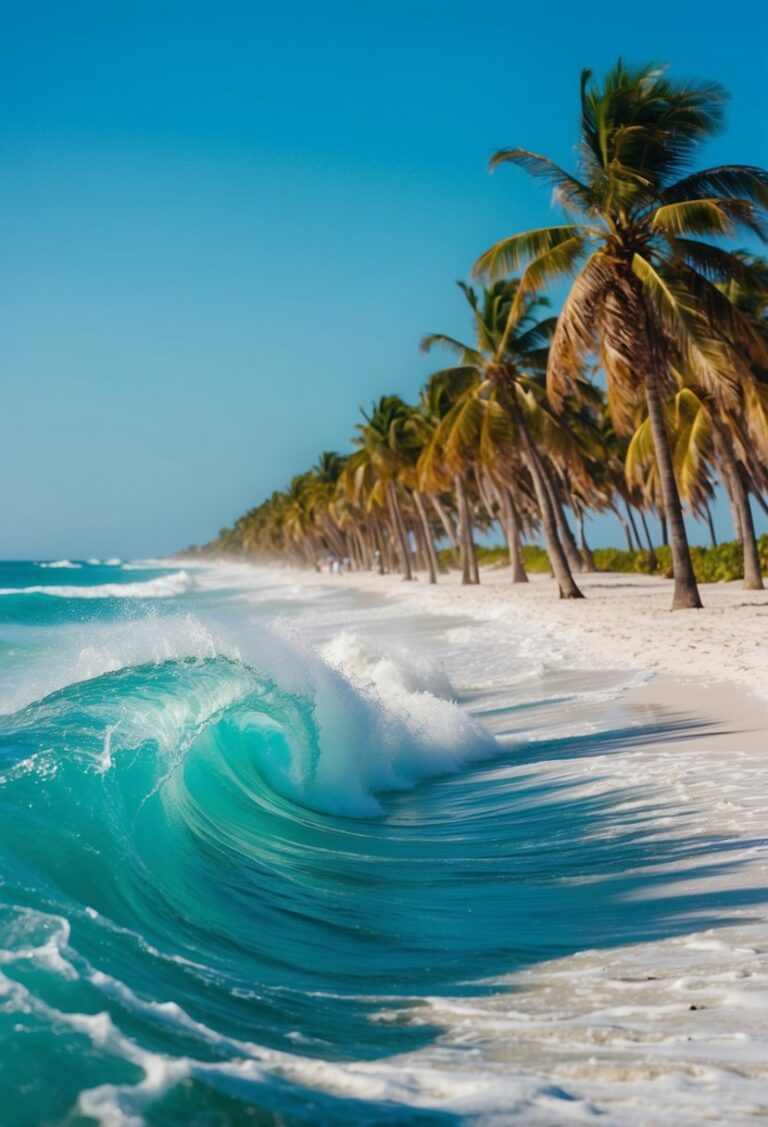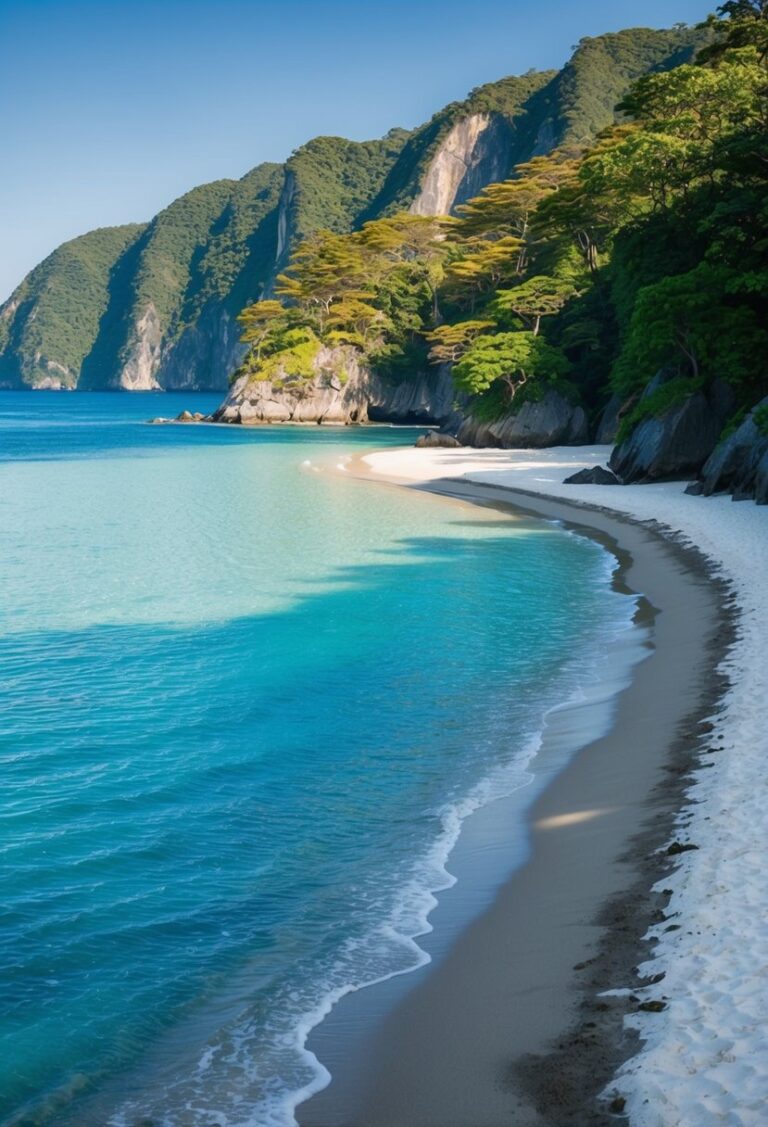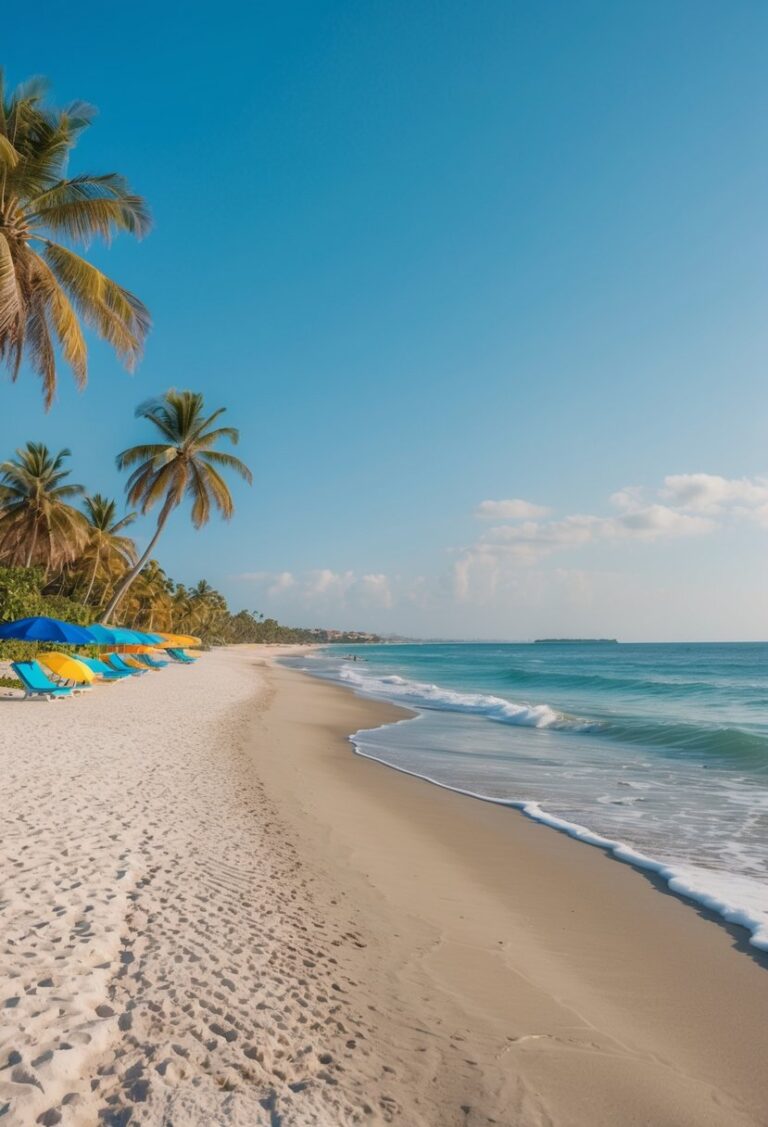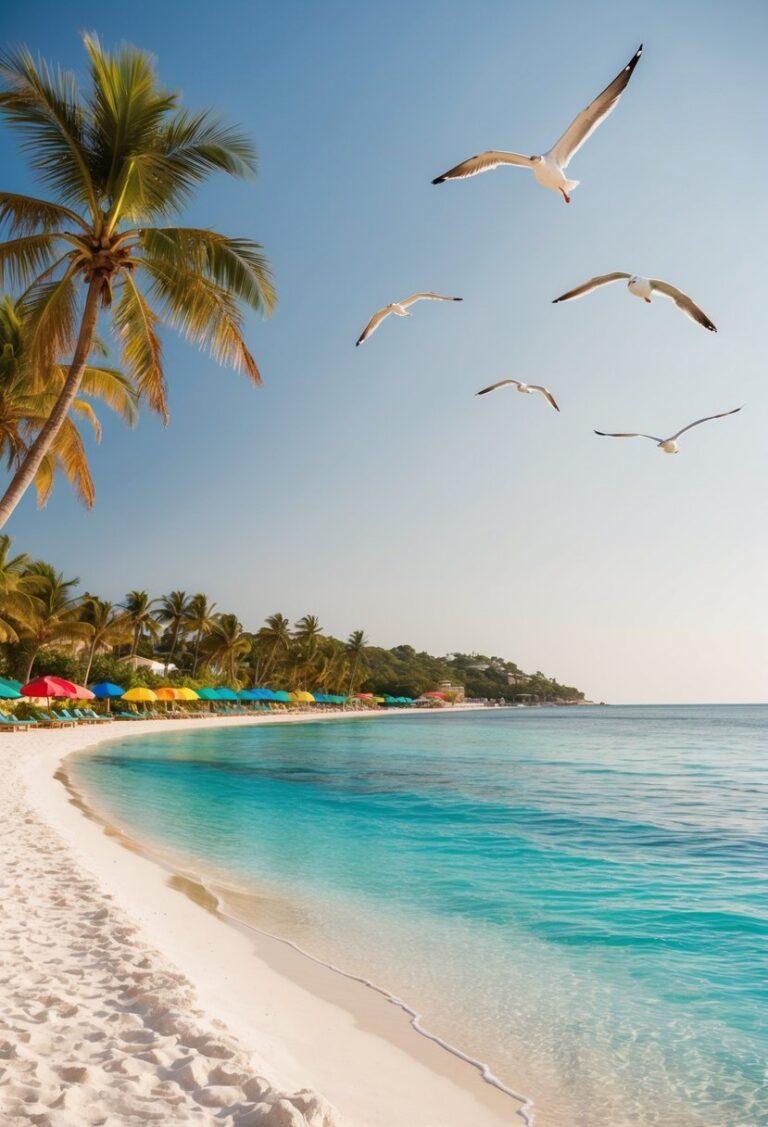5 Best Beaches in Washington State: Discover Scenic Shorelines and Hidden Gems
Washington State is home to some of the most stunning beaches in the Pacific Northwest. With diverse landscapes ranging from sandy shores to rocky coastlines, each beach offers a unique experience for visitors.

Exploring these beaches allows individuals to enjoy outdoor activities like swimming, hiking, and tide pooling. Whether one seeks a lively atmosphere or a quiet retreat, Washington’s beaches cater to all preferences.
1) Ruby Beach
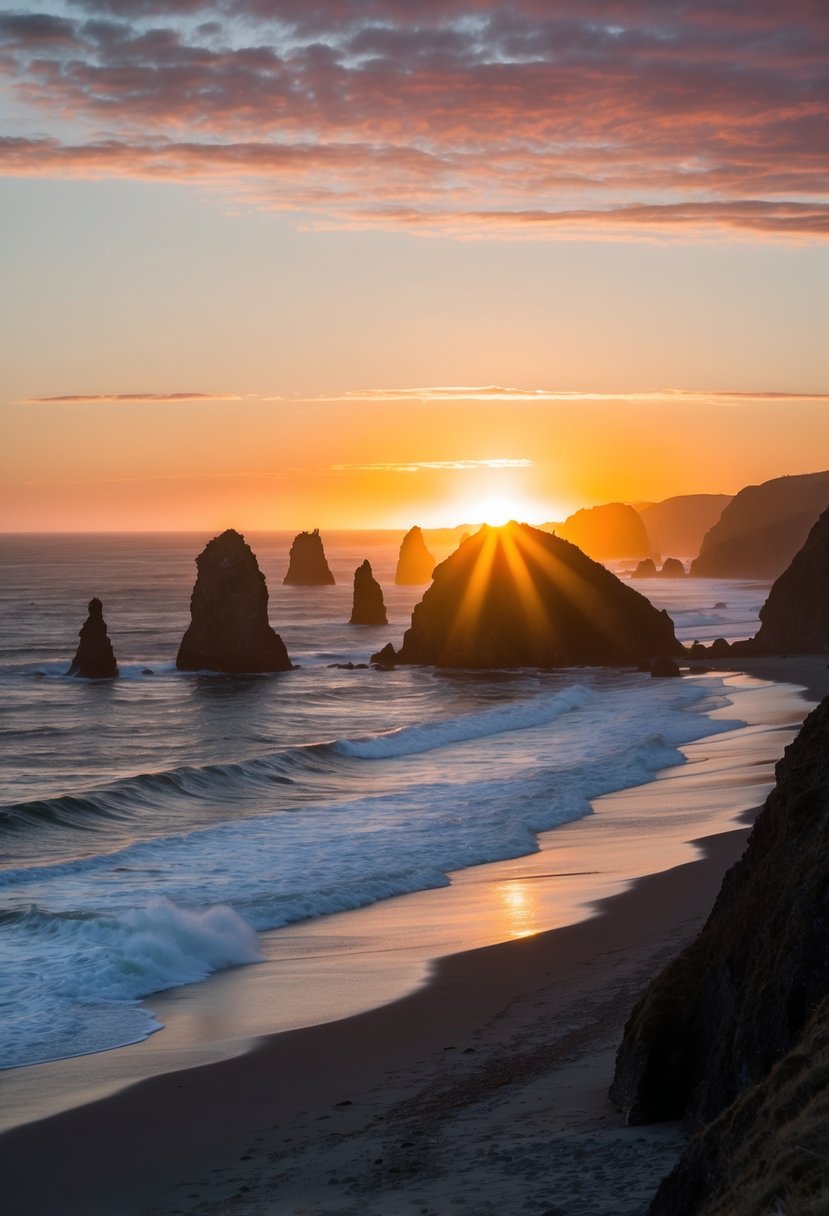
Ruby Beach is known for its stunning beauty along Washington’s Olympic Peninsula. It features dramatic sea stacks, vibrant tide pools, and a shore lined with unique driftwood.
The beach gets its name from the reddish hue of its sand. This captivating landscape attracts many visitors each year.
Ruby Beach is part of Olympic National Park, making it accessible without an entrance fee. It can be reached easily from nearby towns, such as Forks and Port Angeles.
The beach can experience strong tides, so caution is advised when exploring the area. The water remains cold year-round, and many choose to wear wetsuits if they plan to swim.
Ideal times to visit are during low tide, which reveals more of the natural wonders. Ruby Beach is a favorite spot for photographers, especially during sunset, when the light creates a magical atmosphere.
Overall, its natural beauty and serenity make Ruby Beach a must-see destination for anyone exploring Washington State’s coastline.
2) Second Beach

Second Beach is a stunning spot located in Olympic National Park. Visitors can access it via a short 0.7-mile trail from the La Push Road trailhead. The trail offers a scenic walk through the lush coastal forest.
At low tide, Second Beach reveals its natural beauty. The beach features impressive rock formations and tide pools full of marine life. People often find unique sea creatures while exploring these pools.
This beach is popular for camping, requiring a wilderness permit. Visitors can set up camp and enjoy the sound of the waves and the fresh ocean air.
The surrounding area also boasts towering sea stacks that create a dramatic coastline. These formations are a great backdrop for photography and sightseeing.
Second Beach is ideal for those looking to enjoy nature. It provides a peaceful atmosphere away from crowded tourist spots. Those who visit appreciate the rugged beauty and tranquility that Second Beach offers.
3) Shi Shi Beach

Shi Shi Beach is known for its stunning natural beauty along the Washington Coast. This beach features an 8.8-mile round trip hike that leads to the breathtaking Point of Arches.
Visitors can experience tide pools filled with marine life and impressive sea stacks. More than 30 sea stacks, such as Spike Rock and The Finger, add to the dramatic scenery.
The beach is located in Olympic National Park, providing a wild and rugged environment. It attracts photographers and nature lovers for its scenic views, especially during sunset.
Shi Shi Beach is less crowded than other coastal spots. This makes it a perfect choice for those seeking a peaceful getaway. Many hikers enjoy the mix of forest trails and ocean vistas.
People of all ages can appreciate the beauty here. It’s a notable destination for both day hikes and backpacking trips. Nature enthusiasts often rate it among the top beaches in Washington State.
4) Westport Light State Park Beach
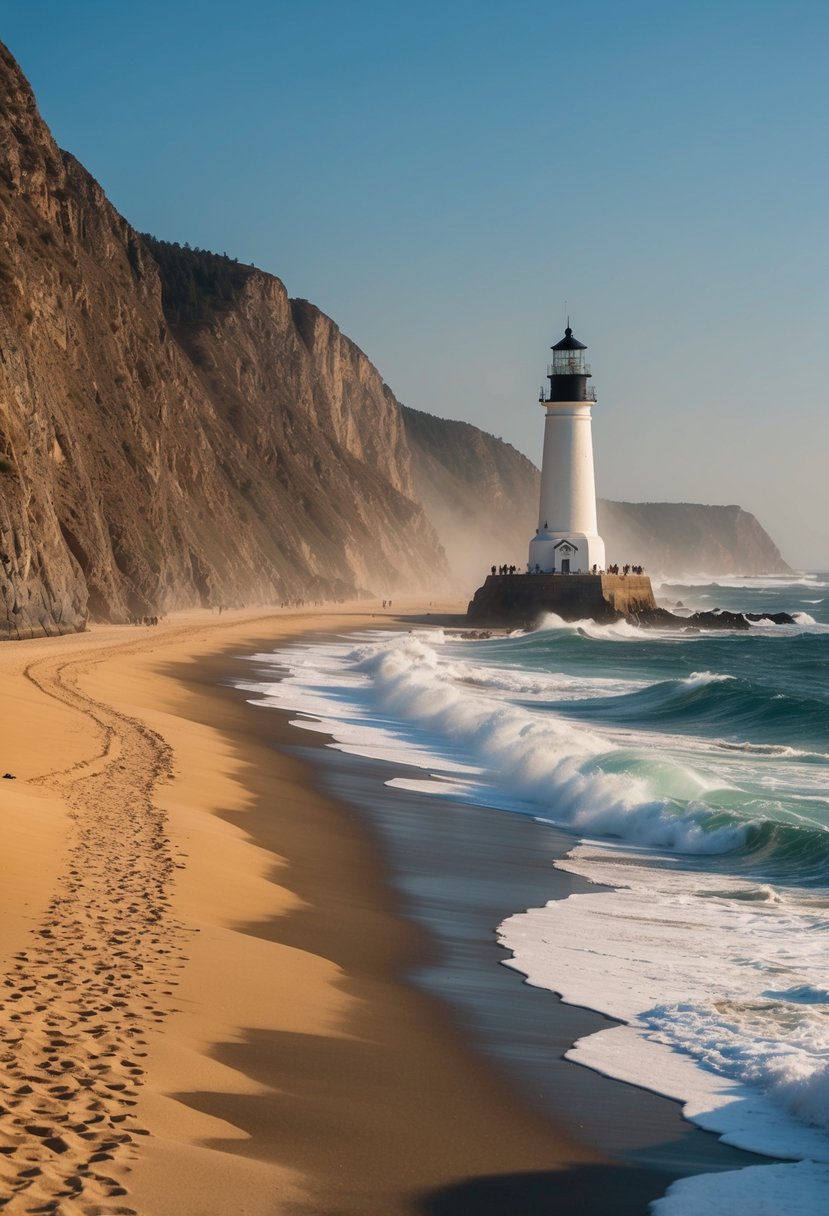
Westport Light State Park offers a beautiful beach experience along the Washington coast. It covers 560 acres and features 1,215 feet of saltwater shoreline.
Visitors enjoy activities like surfing, beachcombing, and fishing. The park is a popular spot for both locals and tourists.
There is a 1.3-mile paved trail that makes accessing the beach easy. It provides stunning views of the surrounding area.
The Jetty at Westhaven is a well-known surfing spot within the park. This area attracts surf enthusiasts throughout the year.
Westport itself is close by, making it convenient to find food and lodging. This park is ideal for a day trip or a longer stay by the coast.
With its diverse activities and scenic views, Westport Light State Park Beach is a must-visit for beach lovers.
5) Alki Beach

Alki Beach is located in West Seattle and offers a vibrant coastal atmosphere. It stretches along the waterfront with soft sand and stunning views of downtown Seattle across Elliott Bay.
Visitors enjoy various activities such as sunbathing, beach volleyball, and picnics. There are public volleyball nets and picnic areas with grills available on a first-come, first-served basis.
The beach features a paved path that attracts walkers, joggers, and cyclists. It is a great spot for both relaxation and exercise. Nearby, there are several dining options, including restaurants and cafes.
Alki Beach is also rich in history. It was the landing site for the first white settlers in Seattle, making it a culturally significant place to visit. The combination of scenic beauty and historical importance makes Alki Beach a must-see destination in Washington state.
Geographical Features

Washington State’s beaches offer diverse geographical features that make them unique. The coastal landscape is shaped by dramatic cliffs, sandy shores, and lush forests. The climate plays a significant role in the experiences visitors can have at these beaches.
Coastal Landscape
The coastal landscape of Washington features a mix of sandy beaches and rugged cliffs. Many beaches, like Alki Beach, provide easy access to the water with soft sands, while others, such as Ruby Beach, are known for their stunning sea stacks and tide pools.
The beaches are often bordered by dense forests, providing a backdrop of greenery. This combination creates rich habitats for various wildlife, including seabirds and marine animals. Coastal erosion and geological activity contribute to the constantly changing scenery, making every visit unique.
Climate and Weather
Washington’s coastal climate varies significantly throughout the year. Summers are generally mild and dry, with temperatures averaging between 70-80°F. This weather is perfect for beach activities and enjoying the outdoors.
In contrast, winters can be wet and chilly, with temperatures often dropping to the 40s°F. Rain is common, particularly from late fall to early spring. Visitors should be prepared for changing weather conditions, especially during these months.
Overall, understanding the geographical features of Washington’s beaches allows visitors to plan their activities effectively and appreciate the natural beauty of the coastline.
Marine Life and Ecosystems
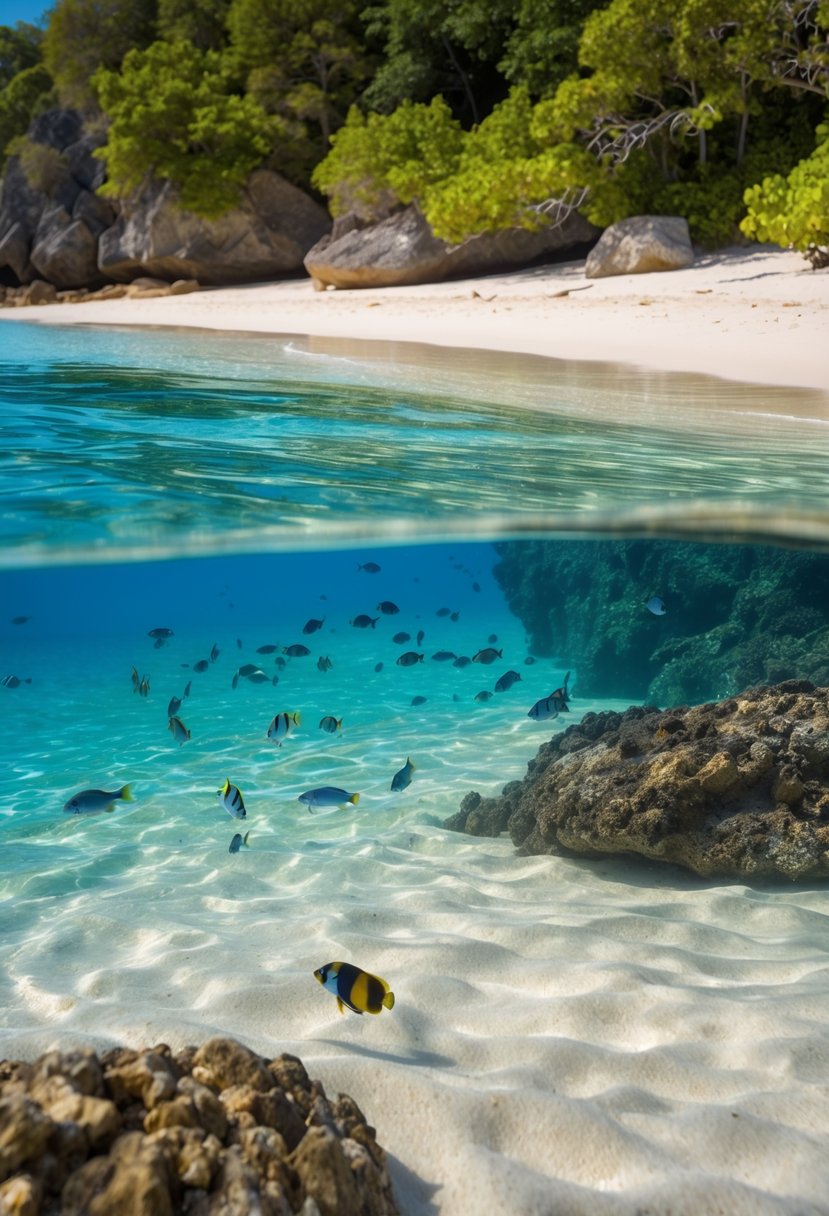
Washington State’s coastal areas are rich in diverse marine life and ecosystems. From unique plants to various animal species, these environments play a significant role in maintaining ecological balance. Understanding their importance is key to appreciating and protecting these natural treasures.
Flora and Fauna
The marine ecosystems along Washington’s coast boast a wide variety of flora and fauna. Key plant species include kelp forests and seagrasses, which provide habitat and food for many marine creatures. Kelp can grow up to two feet a day and forms underwater forests that are crucial for many species.
Animal life is abundant as well. The waters host fish like salmon and rockfish, along with marine mammals such as sea lions and otters. Tide pools are vibrant with invertebrates like sea stars, anemones, and crabs. Each species plays an important role in the ecosystem, supporting the food web.
Conservation Efforts
Conservation is vital to protect these fragile marine ecosystems. Local organizations and government agencies work to ensure sustainable practices. They monitor water quality, restore habitats, and reduce pollution.
Public awareness programs encourage community participation in conservation activities. Initiatives like beach clean-ups and educational workshops help people understand the impact of human activity on marine life. Regulations are also in place to protect sensitive habitats and species at risk.
Efforts to conserve marine ecosystems ensure that Washington’s coast remains vibrant for future generations, continuing to support its unique flora and fauna.

